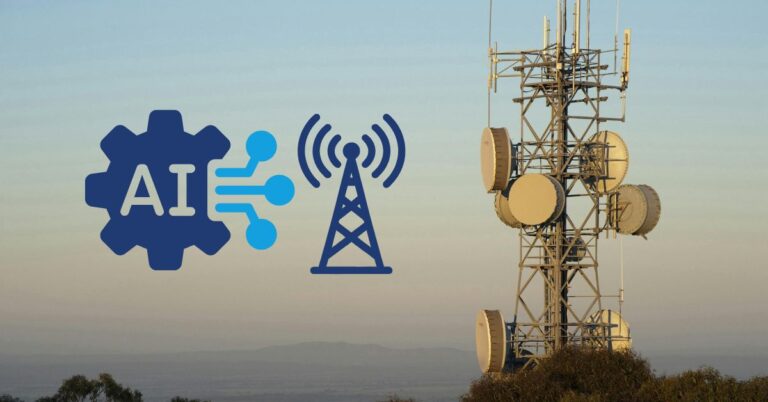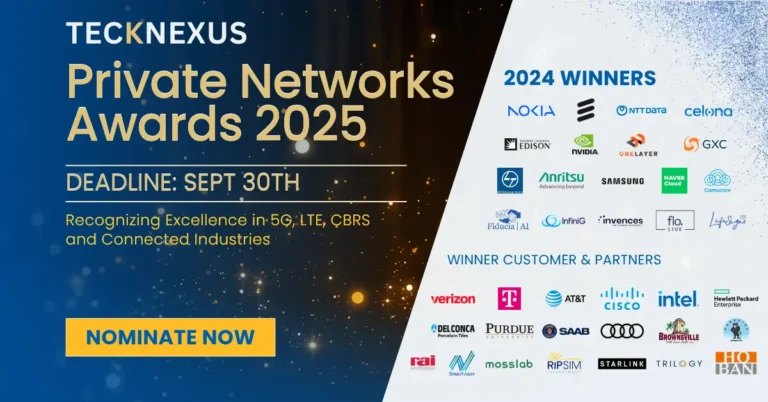Hughes Network Systems and Boost Mobile, both subsidiaries of EchoStar, successfully demonstrated their innovative multi-transport network management capabilities for the U.S. Navy. This trial, which took place at two military bases—the U.S. Navy Air Station in Whidbey Island, Washington, and a base in Hawaii—focused on enhancing command and control at the tactical edge. The core of the demonstration was a combination of Hughes’ network orchestration technologies and Boost Mobile’s Open RAN 5G networks, designed to ensure secure, resilient communication in contested environments. This demonstration also supports the Department of Defense’s (DoD) Primary, Alternate, Contingency, Emergency (PACE) transport initiative.
Challenges in Ensuring Reliable Communication at the Military’s Tactical Edge
Modern military operations require reliable and secure communication across multiple transport networks, particularly in edge environments where conventional networks may struggle. The challenge lies in orchestrating satellite, 5G, and other diverse transport networks in a way that ensures uninterrupted communications. Moreover, these networks must adapt dynamically to the mission’s evolving needs, whether it’s handling high-traffic environments, bandwidth constraints, or sudden connectivity disruptions. The added complexity comes from ensuring a seamless, secure connection as users or devices move between locations, often beyond the operational reach of fixed base networks.
Hughes and Boost Mobile’s Solution: Multi-Transport 5G Orchestration for the Navy
The solution demonstrated by Hughes and Boost Mobile integrates several advanced technologies, including Hughes’ Smart Network Edge (SNE) and Network Management System (NMS), paired with Boost Mobile’s cloud-native, Open RAN-based 5G technology. This combination enables seamless multi-transport orchestration, allowing the network to dynamically switch between available paths—whether satellite (GEO, MEO, LEO) or terrestrial 5G—in less than five seconds. The orchestration ensures communications remain stable, even under network stress or when moving across geographical areas.
Successful Multi-Transport Network Trial at U.S. Navy Bases
The demonstration successfully validated that Hughes and Boost Mobile’s network assets could support secure and resilient communication over redundant transport links at both Whidbey Island and the Hawaii bases. One of the key takeaways was the ability to dynamically switch transport paths to maintain situational awareness, even in congested or contested environments. The integration of Hughes’ SNE technology allowed the system to automate capacity management, quality of service (QoS), and time/space-based resource allocation, adapting to the mission needs in real-time.
This success builds upon EchoStar’s long-standing relationship with the U.S. Department of Defense. The demonstration follows previous work, including a DoD contract that began in 2021 at Joint Base Pearl Harbor-Hickam and Naval Air Station Whidbey Island, both extended through 2025 to continue deploying Private 5G Networks with Open RAN and edge cloud technologies.
Why Hughes Chose Multi-Transport 5G and Satellite for Tactical Edge Resiliency
The technologies used in this demonstration were carefully chosen for their ability to handle the unique demands of military operations. Hughes’ Smart Network Edge platform was pivotal in managing compute and control resources at the tactical edge, operating efficiently even in isolated environments far from central cloud infrastructure. The combination of satellite systems—GEO, MEO, and LEO—and 5G networks provided multiple transport layers, ensuring communication redundancy.
Boost Mobile’s Open RAN infrastructure, supported by key industry partners like Cisco, Intel, JMA Wireless, and Boingo Wireless, enabled secure and flexible communications. The Open RAN framework facilitates easier integration of diverse technologies, promoting scalability and reducing dependency on proprietary hardware.
Key Benefits of Hughes and Boost Mobile’s 5G Network for Military Operations
The primary benefit of the Hughes and Boost Mobile solution is its ability to provide secure, resilient communications in real time, even in challenging environments. The solution dynamically shifts between available transport paths, maintaining critical command and control functions. With automated PACE planning, the network can react to new threats or communication demands in less than five seconds, delivering a highly flexible and responsive communication system for the DoD. Additionally, the secure roaming capabilities between bases ensure uninterrupted connectivity for devices and personnel, improving operational mobility.
The Role of Multi-Transport Networks in Future Military Communications
The success of this trial positions Hughes and Boost Mobile as key contributors to the future of secure, resilient military communications. Their multi-transport orchestration and Private 5G Networks are tailored to meet the growing needs of the DoD’s tactical edge communications. This solution demonstrates that it’s possible to create highly adaptable, scalable networks for military use, combining the best of satellite and terrestrial transport technologies to meet the evolving demands of defense operations.
Hughes and Boost Mobile’s Leadership in U.S. Navy’s Tactical Communication Network
Hughes Network Systems led the deployment, integrating its Smart Network Edge, Network Management System, and multi-transport orchestration technologies to ensure secure, flexible communications. By combining satellite and terrestrial transport systems, Hughes ensures a level of redundancy essential for military applications. Boost Mobile’s role was equally significant, contributing its nationwide experience with Open RAN technology and cloud-native 5G networks, which were critical to the trial’s success.
Key Partners Supporting Hughes and Boost Mobile in Tactical 5G Deployment
EchoStar’s extensive ecosystem of partners played a critical role in supporting this demonstration. Cisco provided transport routers, switches, and firewalls, while JMA Wireless supplied Open RAN equipment. Intel contributed its edge cloud stack and Xeon processors, and Boingo Wireless handled site surveys and network installation services. These partnerships ensured that the solution was robust, scalable, and designed to meet the specific needs of the U.S. Navy.
Current Status of Hughes and Boost Mobile’s 5G Deployment for the U.S. Navy
The demonstration is part of an ongoing effort to refine and enhance the DoD’s tactical edge communications. EchoStar and its subsidiaries have been working on this project for over two years, with contract extensions in place through 2025. Hughes and Boost Mobile continue to lead the deployment of secure, resilient communications at key military bases.
This trial builds on contracts originally established in 2021 and 2022 for deploying 5G Private Networks at Joint Base Pearl Harbor-Hickam and Whidbey Island. The success of these trials will likely lead to further deployments across additional military bases, with a focus on scaling and optimizing network resiliency through continued innovation.
Hughes and Boost Mobile Leaders Highlight Tactical Edge Solutions Success
Rajeev Gopal, VP of Advanced Programs at Hughes, underscored the importance of redundancy and diversity in military communications. He stated, “Government mission-critical applications demand true resiliency, with multiple transport options to ensure uninterrupted service.” He emphasized that Hughes and Boost Mobile’s solution addresses these needs effectively, offering secure, dynamic communications for tactical operations.
EchoStar CEO Hamid Akhavan also expressed optimism about the role of Private 5G Networks, noting that while the market is still in its nascent stages, there is significant potential for growth as enterprises and government agencies continue to adopt these technologies.
Future Outlook
While EchoStar continues to face financial challenges, with a significant debt maturity looming in November 2024, the success of this demonstration positions the company as a leader in secure, tactical communications. Although EchoStar has yet to unlock the full potential of its Private 5G Networks business, its ongoing work with the DoD signals a promising future for military and commercial applications alike.

































